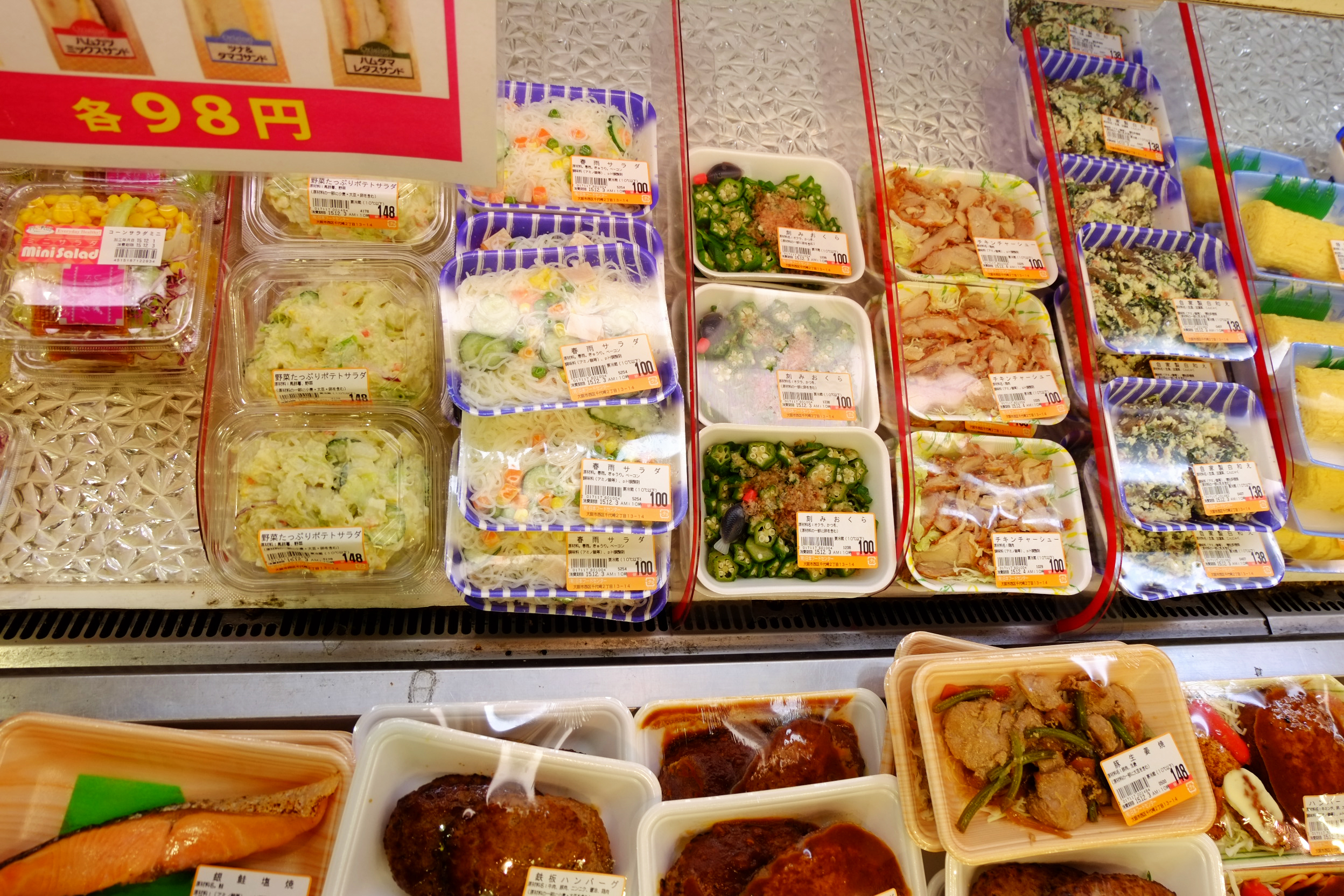Cycling through one of the poorer quarters of Osaka, I start feeling peckish. So I park my bike in one of the rundown shopping arcades that crisscross this working-class city and duck, almost at random, into a cheap eatery. The ancient proprietress waves me to the counter and, without even asking, serves me something delicious, porky and garlicky. She spreads something out on a black plate polka-dotted with curlicues of spring onion and surmounted by a raw egg. It is (insert flavor) and (insert texture) and (insert local cultural history) ... etc., etc.
OK, that's all a lie. I'm actually describing a polka-dotted jacket in a secondhand clothes shop called Free Box. I've just transposed the garment into a dish. Artistic license. I've done it, and I'm coming clean about it now because this is the way I'd love to start a new food column in The Japan Times, if they were kind enough to ask me to write one. It's how I'd start if I loved stopping for cheap food as much as I love shopping for secondhand clothes.
They do have something in common. I'd probably pay the same for my notional cheap eat (about ¥500) as I did for the dotted jacket. The same sort of ancient shōtengai (shopping street) lady — they all seem to be about 85 — would probably sell me the dish. And I'd leave the place delighted to confirm my basic bias: that the cheapest things — working-class things — are sometimes the very best life has to offer.



